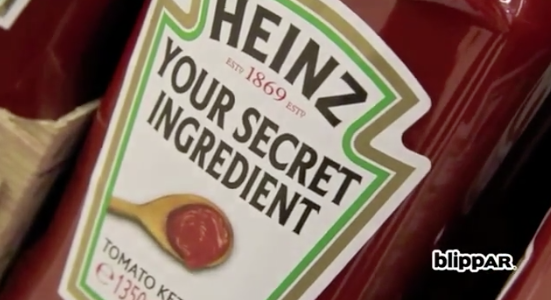
When augmented reality (AR) began its immersion into advertising culture circa 2009, companies quickly jumped on its interactive potential. Some were right on target — Guinness, Heinz, and Ford— while others missed their marks. How did these successful campaigns capture their target audiences’ interest (and look good doing it)? Think real estate: location, location, loc… you know how it goes.
The Guinness QR code campaign targeted the brew lover in his natural habitat, the pub. He’s having a few with friends or colleagues, is likely seated, and even more likely, has his smartphone close by. Add an updated AR video component, and this beer connoisseur can take a moment to learn how his draft of choice was made.
Heinz Tomato Ketchup targets its audience at the cusp of the purchasing decision. Faced with a daunting number of tomato-based condiments, a visitor to the local supermarket looks for a recognizable brand and how to get the most for her money. Heinz introduced a new factor to this equation in 2011 — post-purchase benefit. Following a scan of the updated “Your secret ingredient” label, a virtual cookbook appears with several recipes calling for, you guessed it, Heinz ketchup. Given that the average weekday visit to the grocery store occurs between 4 and 5 pm*, buyers encountered this ad while planning for the evening meal, easing any what-should-I-make-for-dinner woes.
Heinz Tomato Ketchup Recipe Book in Augmented… by asadbaig
Also in 2011, Ford introduced the seven-seat Grand C-Max SUV to patrons of 10 UK shopping malls. Free-standing digital ‘posters’ encouraged shoppers to “See innovation in your hand.” By aligning their feet and extending a hand, users would see their image mirrored on the digital panel along with a series of demonstrations appearing, literally, in the palms of their hands. Similar technologies have appeared at events like the 2013 New York International Auto Show, where digital media artist Laurence Gartel demonstrated his vibrant car designs with interactive print pieces.
Aside from location, what is the secret behind building augmented reality campaigns like these? Creating an experience that is so unique that the user forgives the chore of obtaining a new app in order to engage with it. An AR application is a two-step process of downloading and experiencing, but with the right factors in play — location, time, and information — users will charge through step one to immerse themselves in augmented reality.
*Time Use Institute white paper, 2008